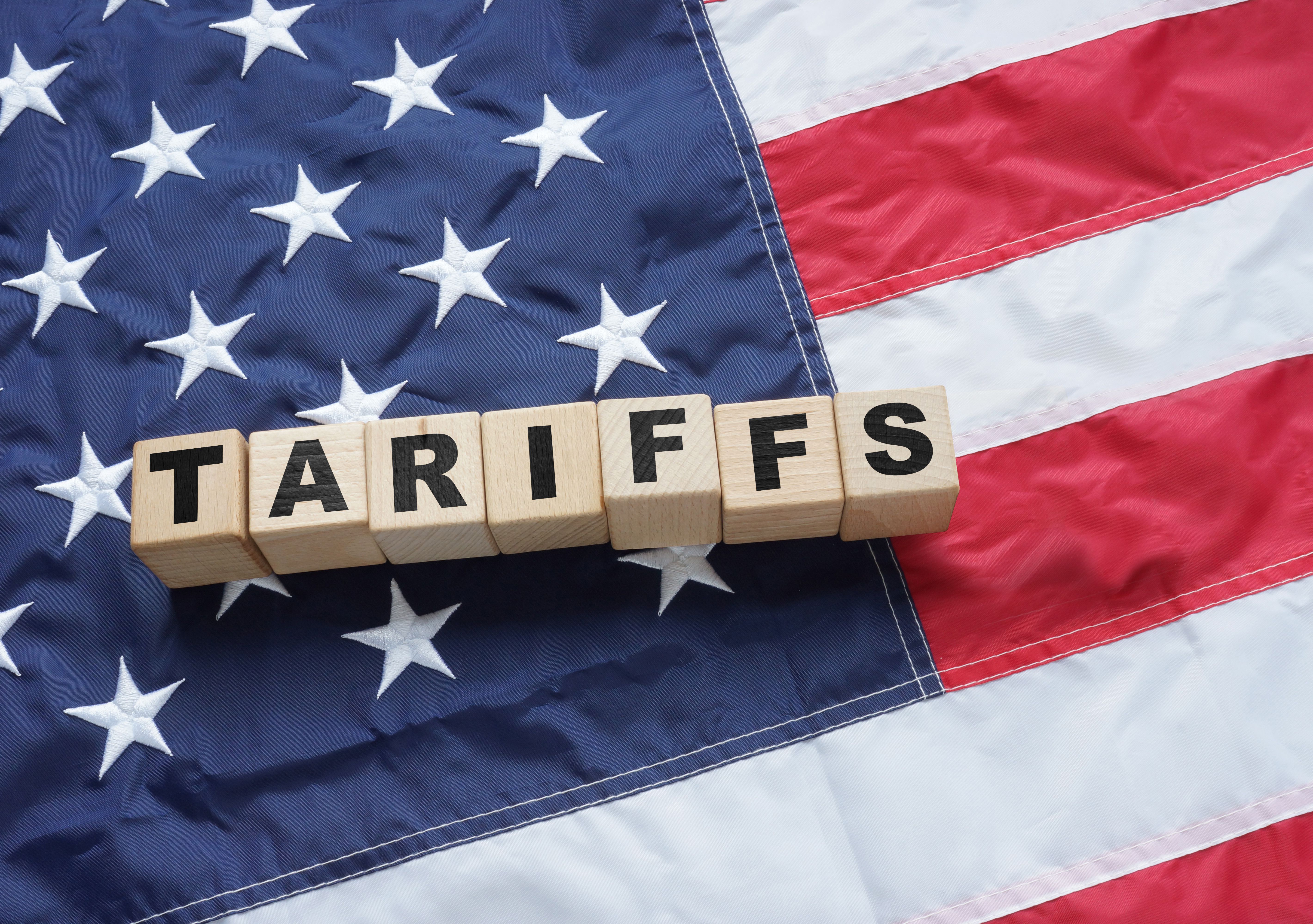Video
Factors That Influence Drug Pricing
Program moderator Bruce Feinberg, DO, explains that new drugs for the treatment of cancer hold promise in terms of efficacy; however, these medications come at a high financial cost for patients and payers.
Although the initial drug in a new class of medications is associated with a high price when first released, the price tends to come down substantially when a second drug in the same class is introduced, comments Scott Gottlieb, MD. As an example, he highlights how Sovaldi, a drug for the treatment of hepatitis C, was launched at a high price, and how the price of Sovaldi decreased after the introduction of Harvoni. Dr Gottlieb explains that competition resulting from the entry of additional products that ultimately treat the same underlying disease can affect drug pricing.
Current policies do not often allow second- and third-in-class drugs to enter the market as efficiently as first-in-class drugs, remarks Dr Gottlieb. He notes that the regulatory process for first-in-class drugs is much different from the regulatory process for subsequent drugs. Policy changes that allow subsequent drugs a more favorable entry path could help address concerns regarding drug pricing, suggests Dr Gottlieb.





